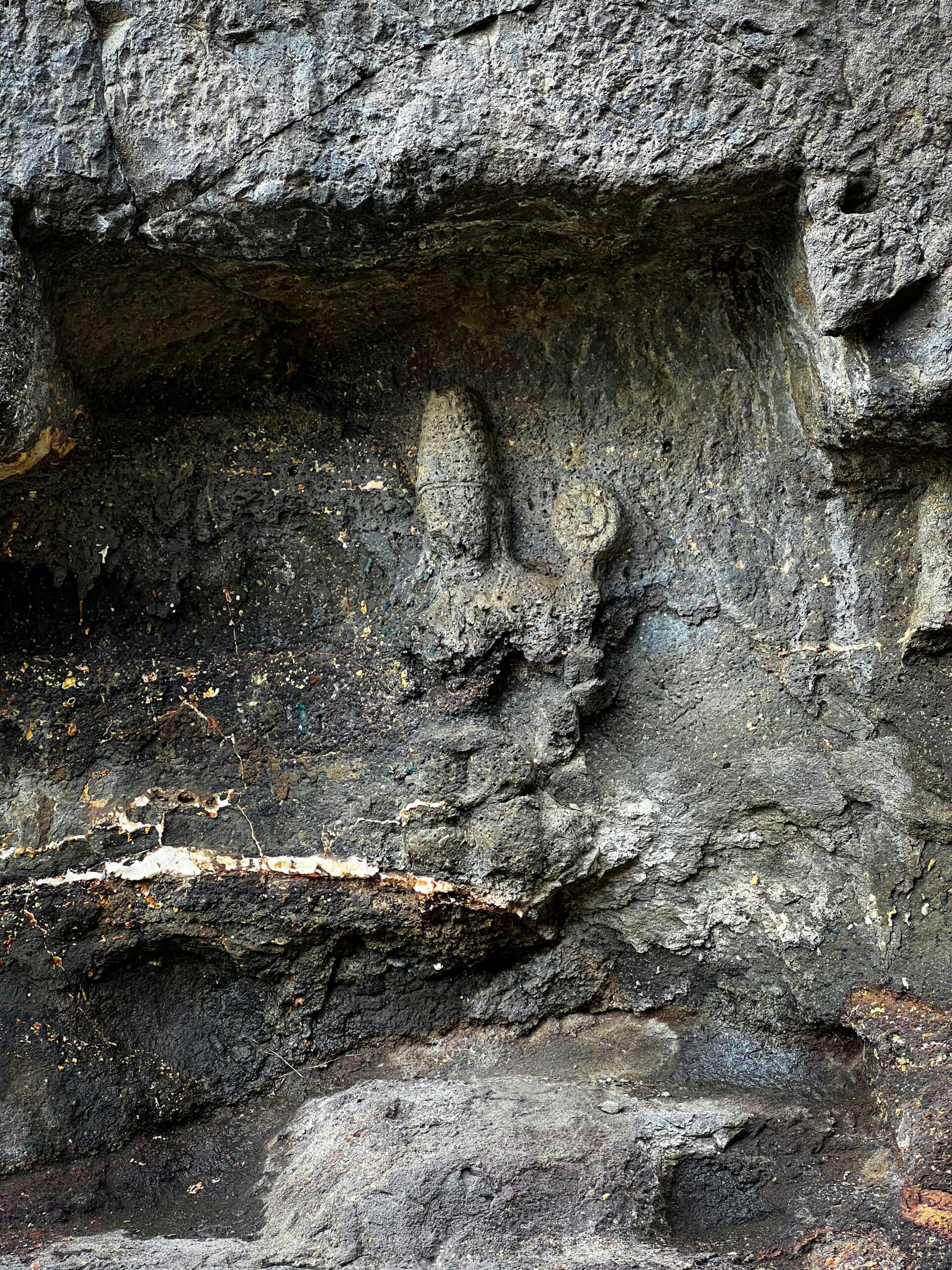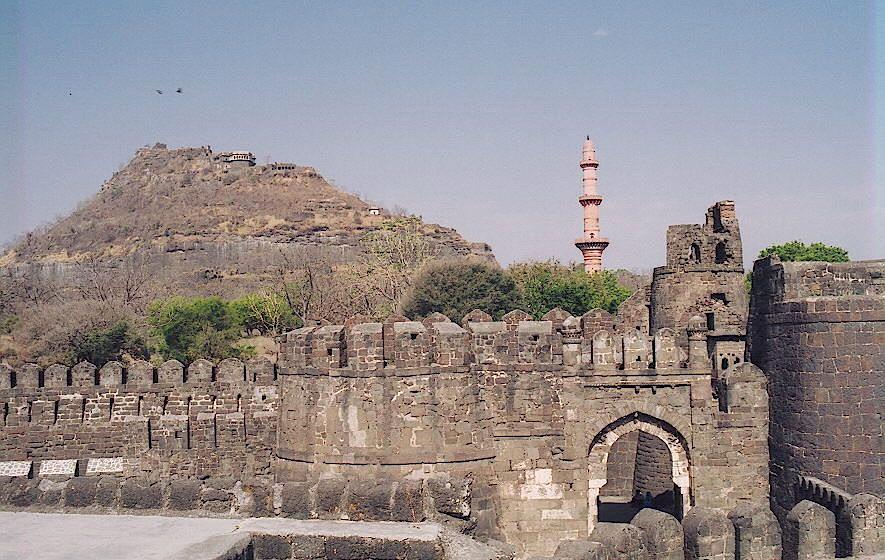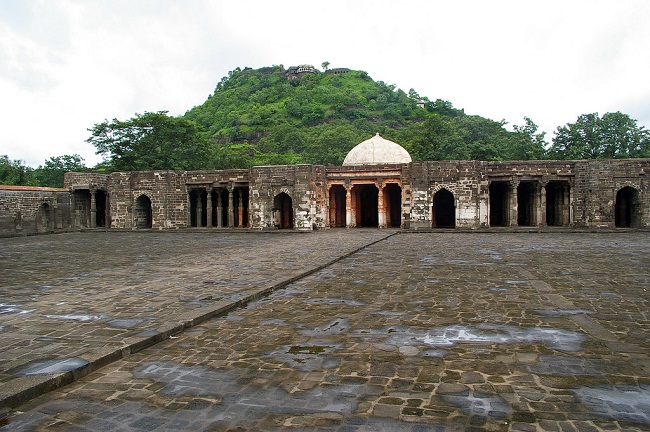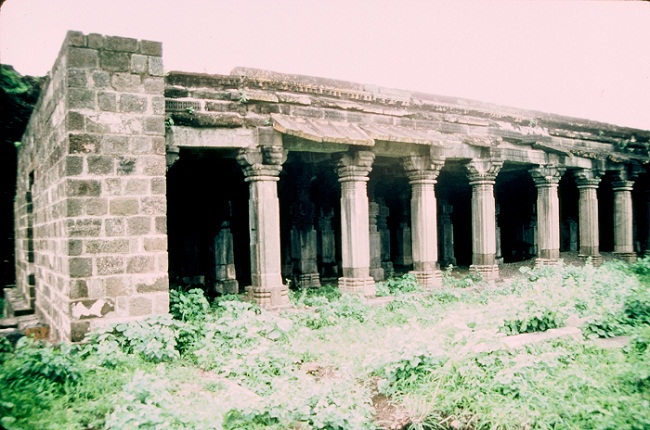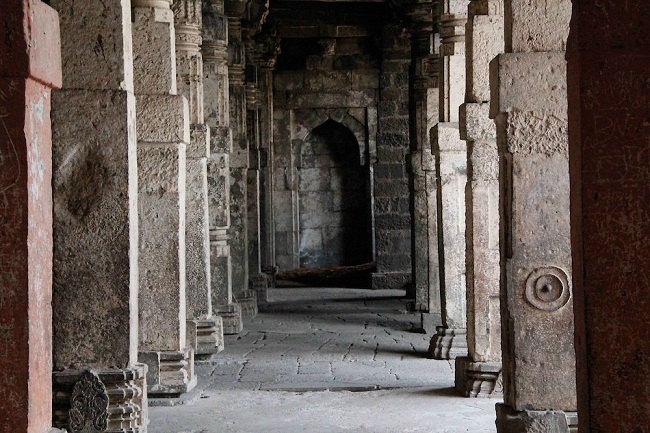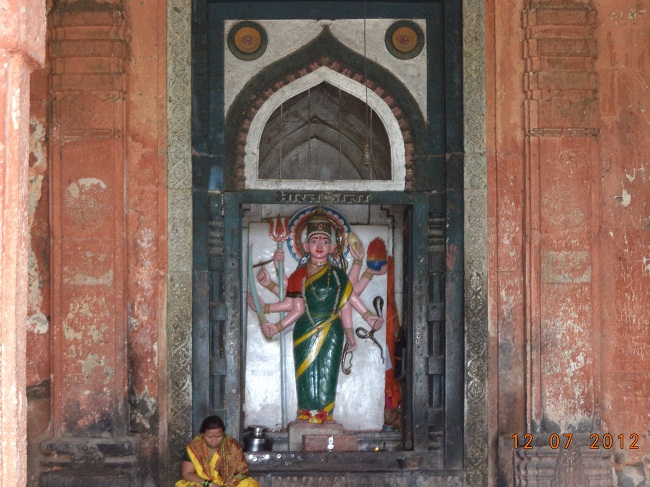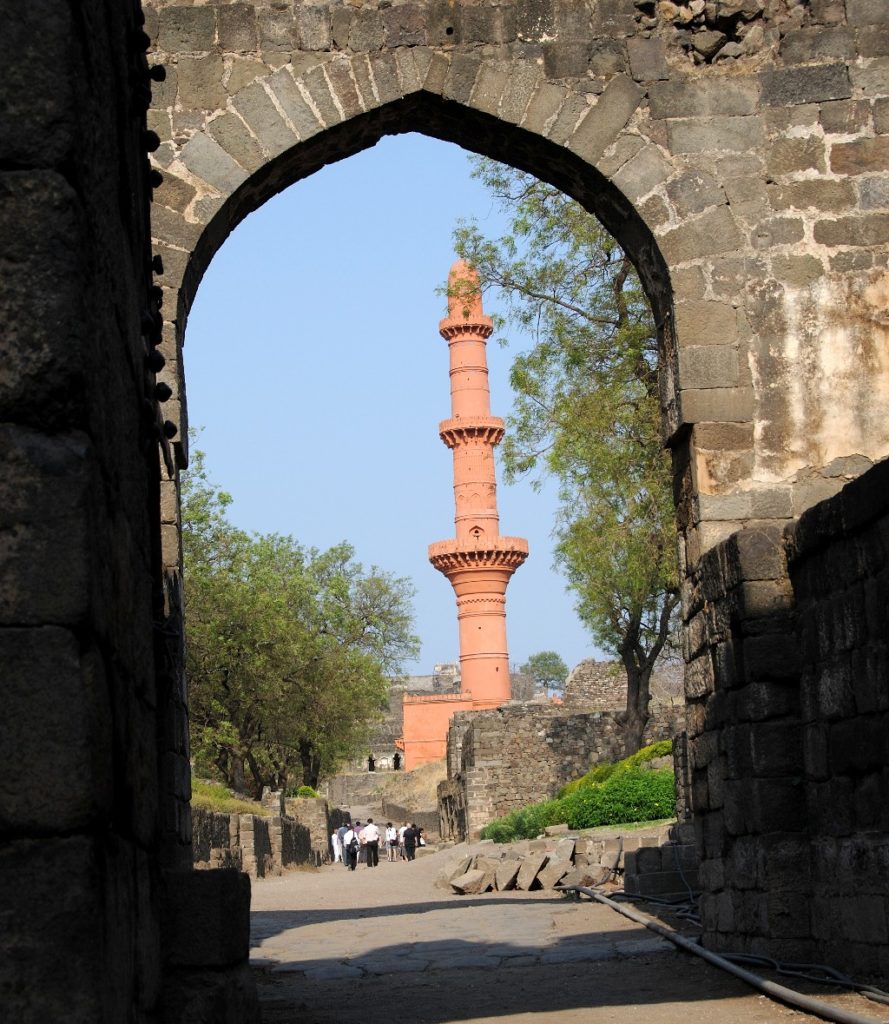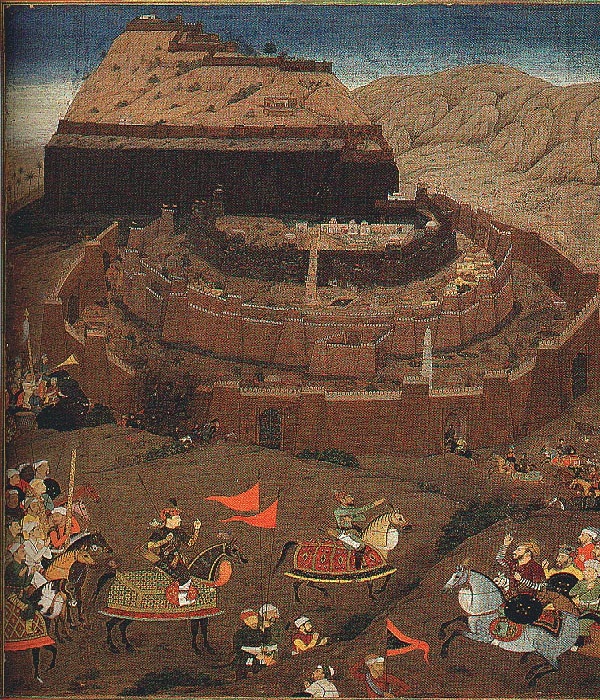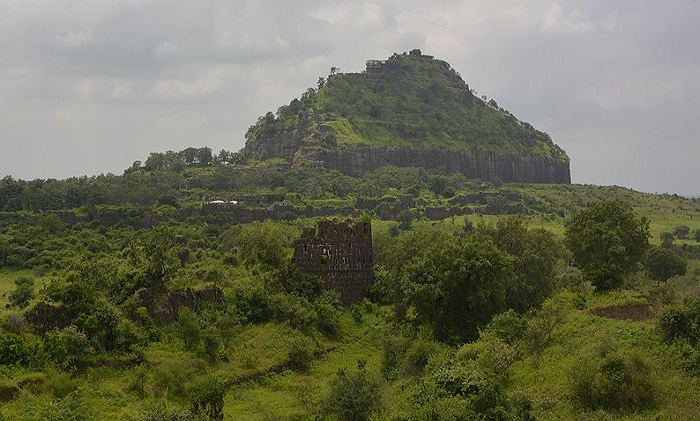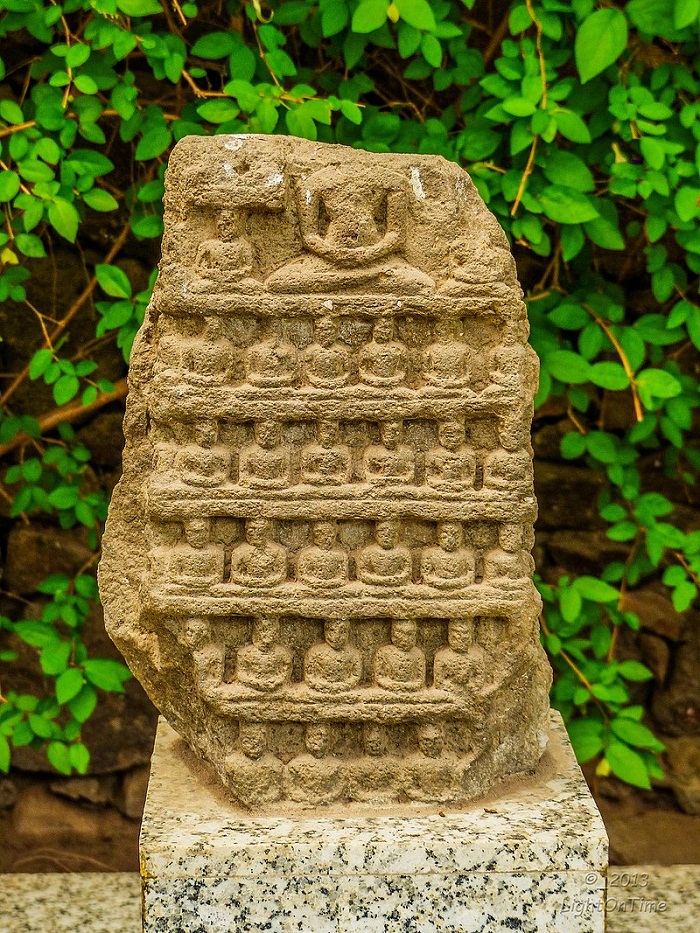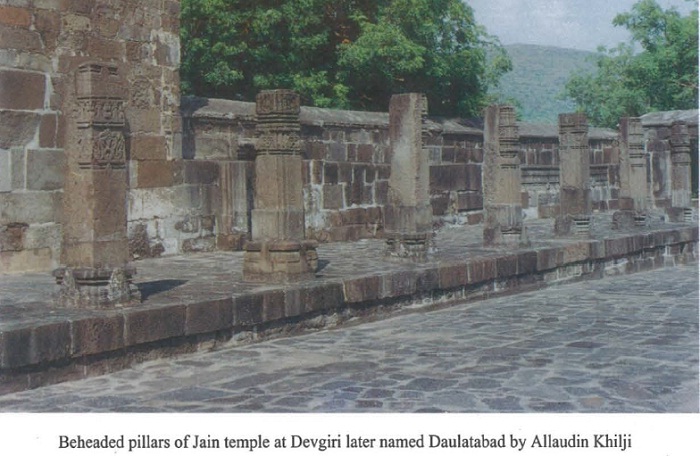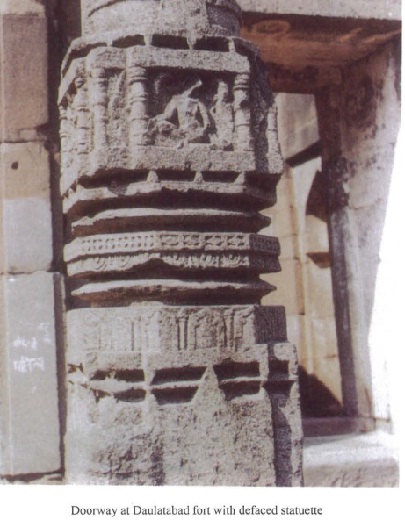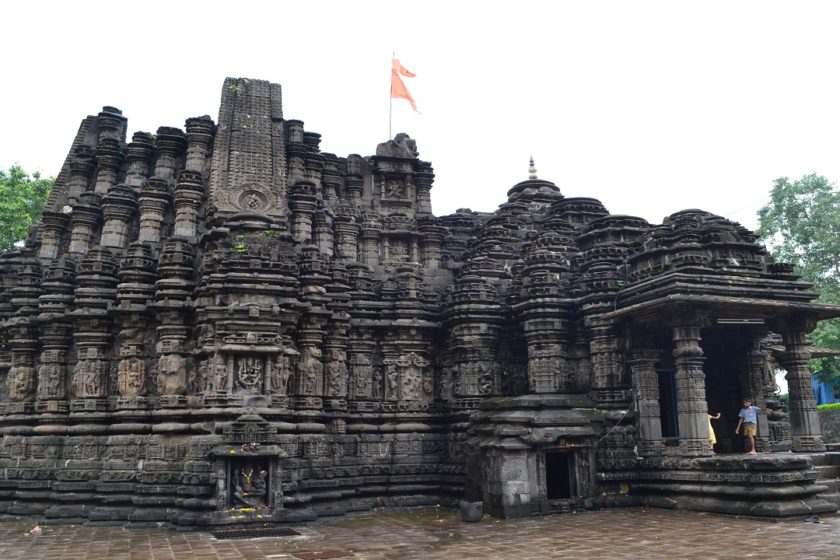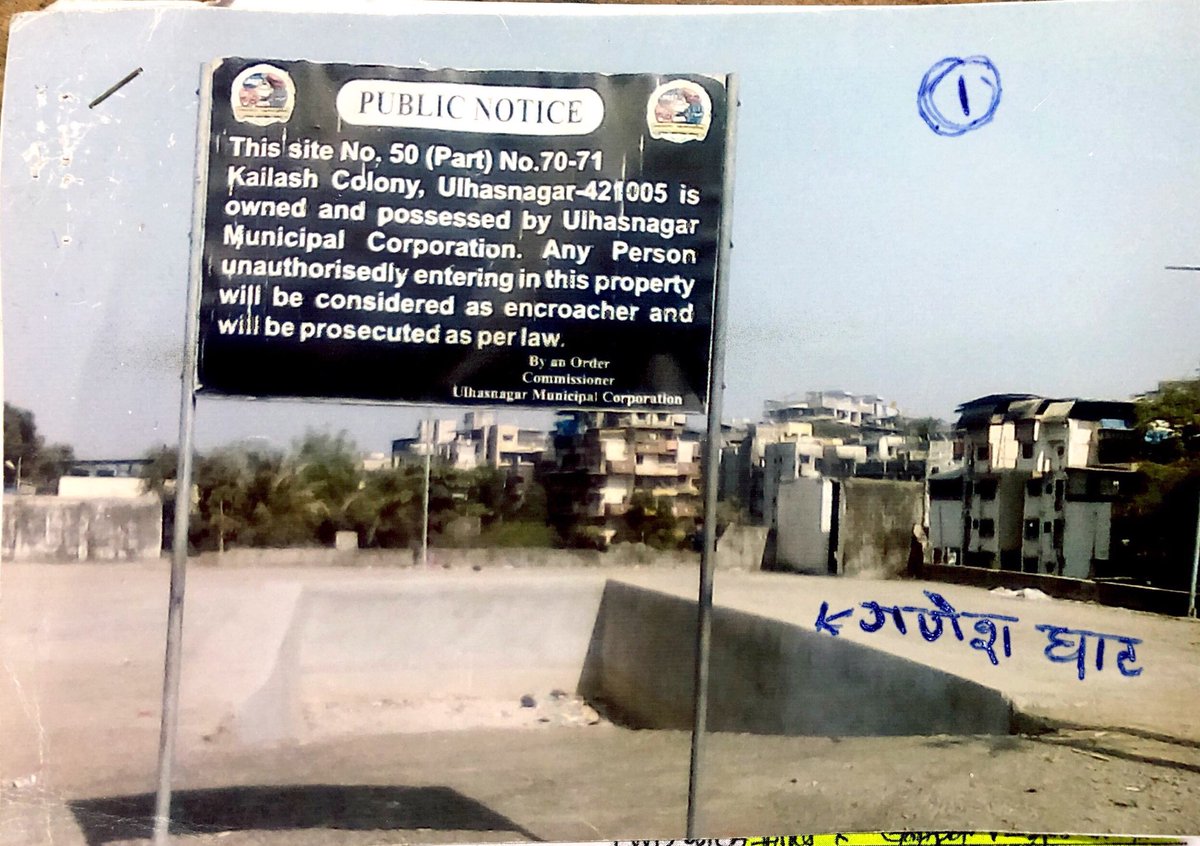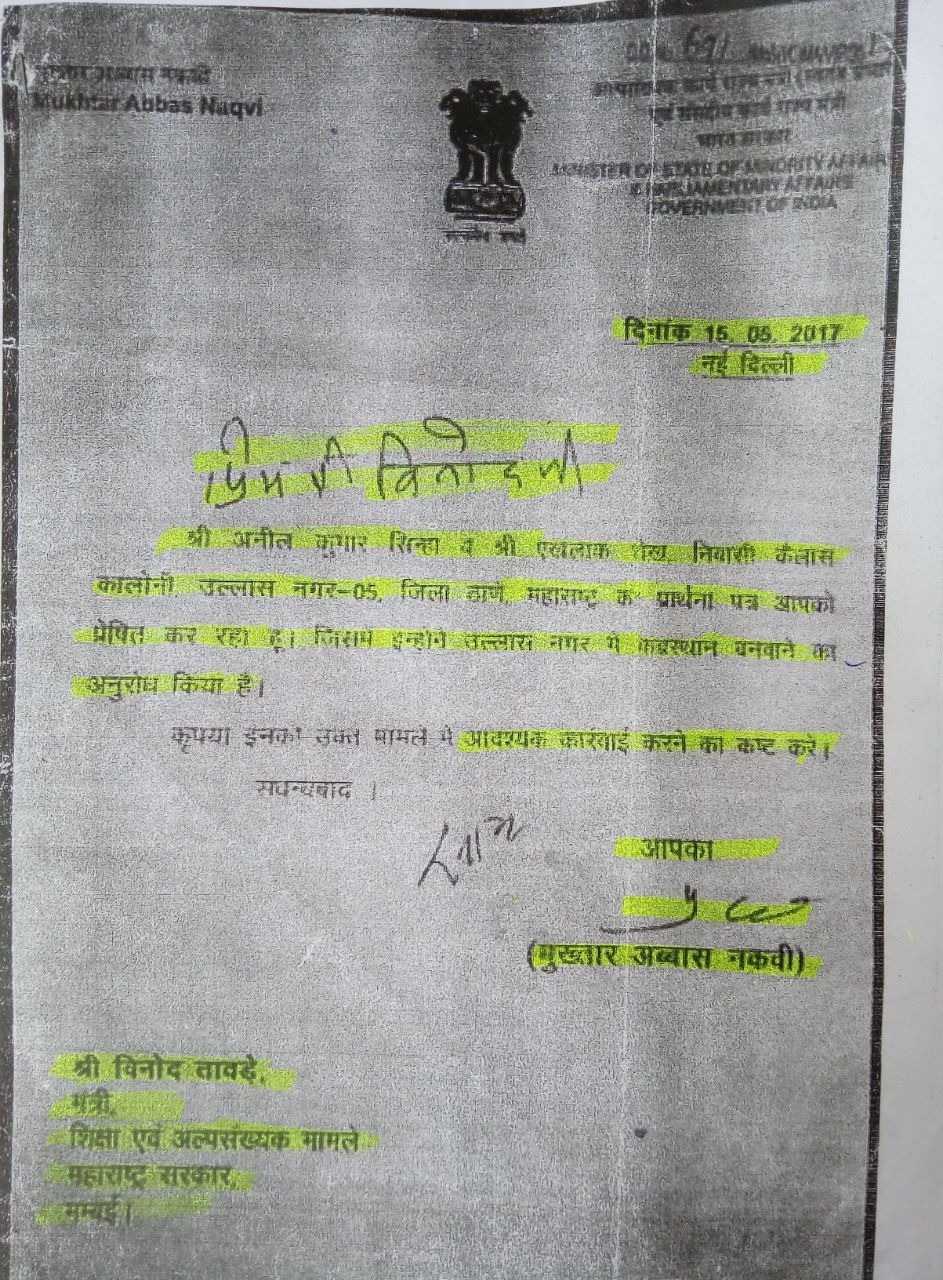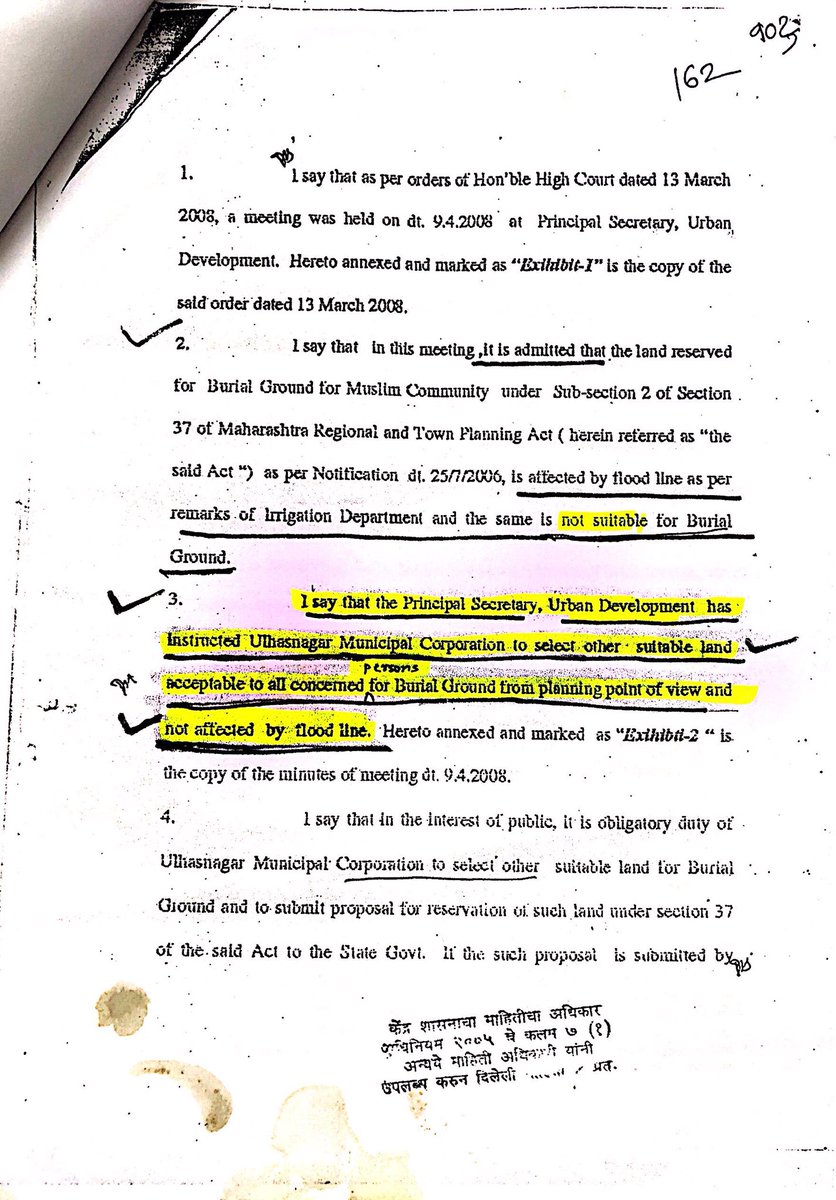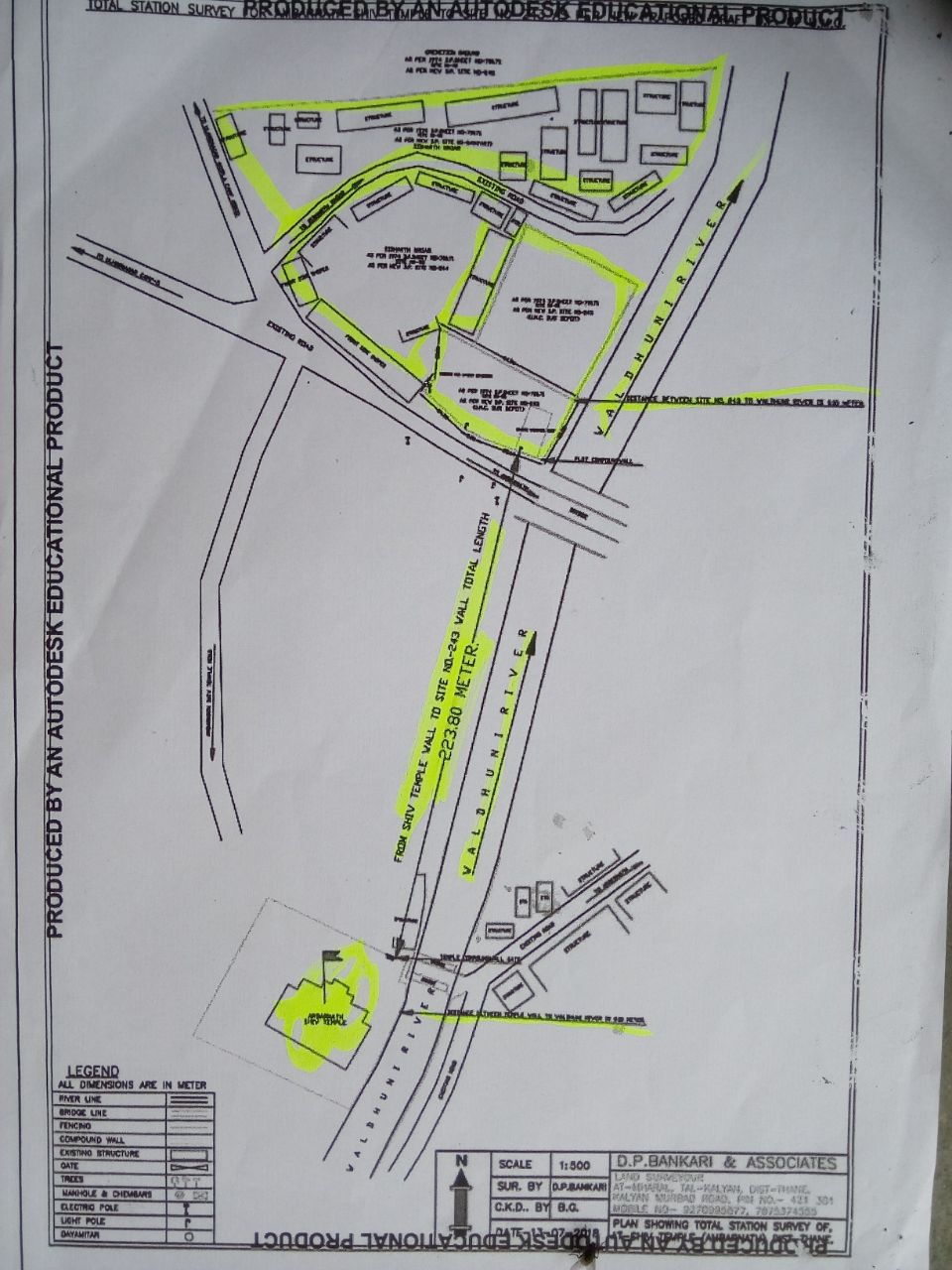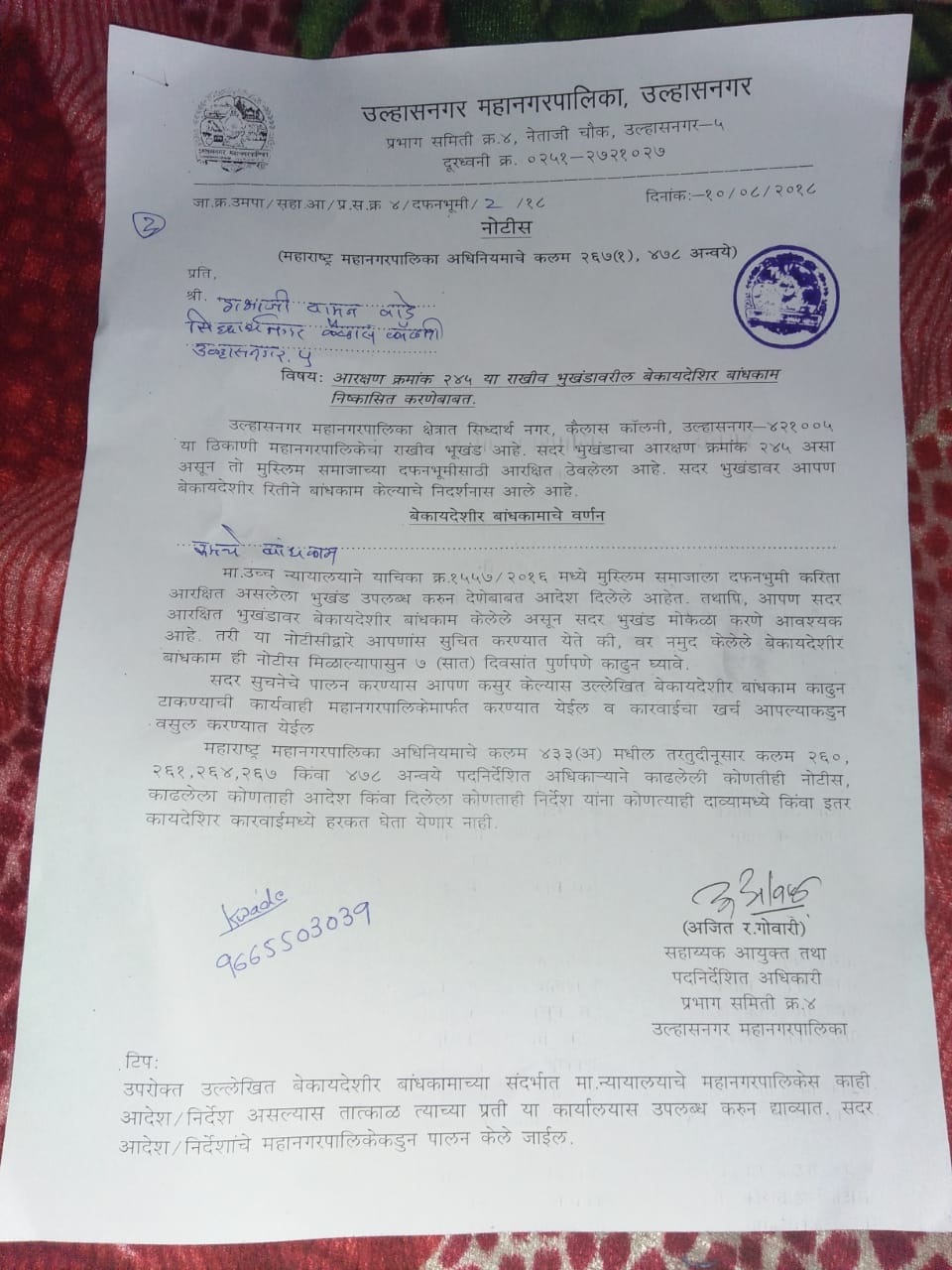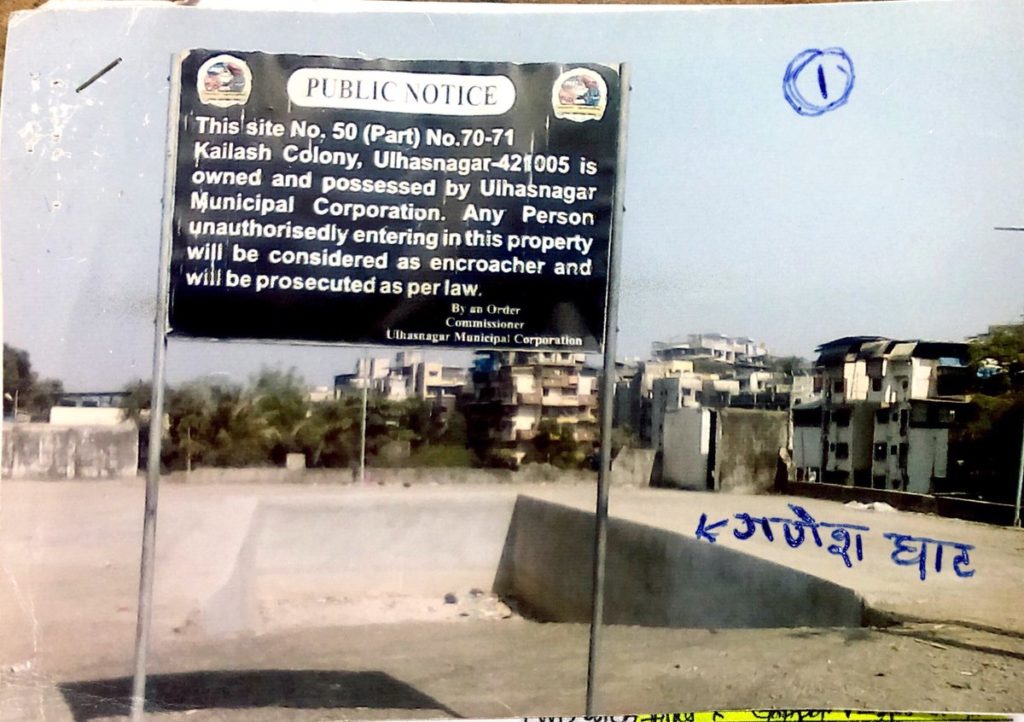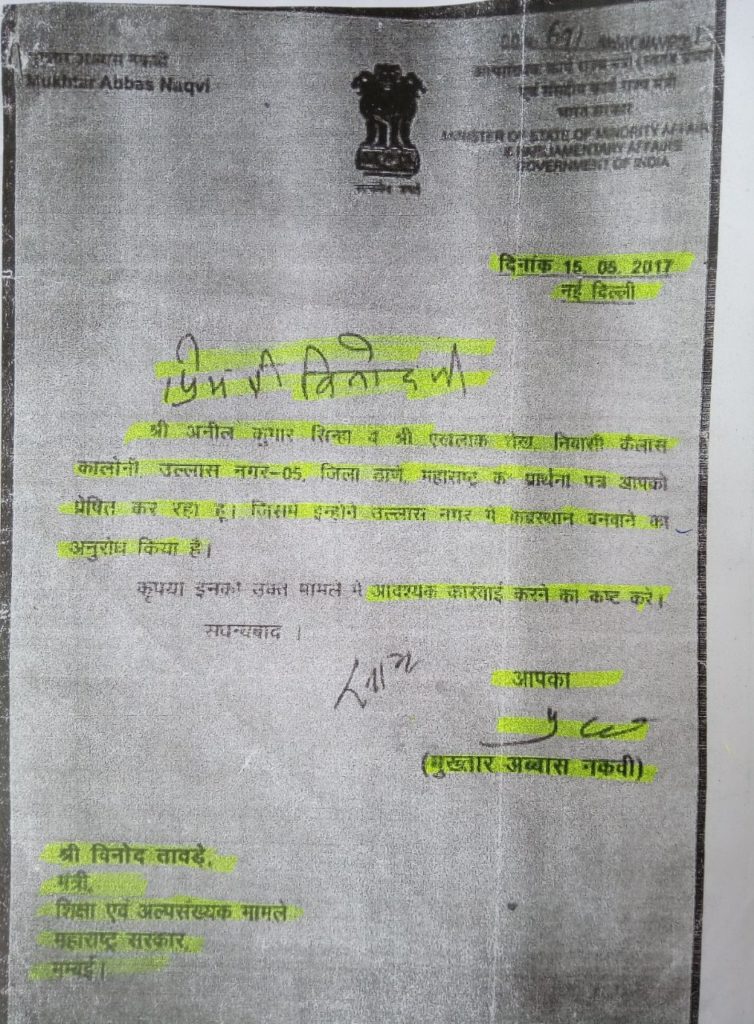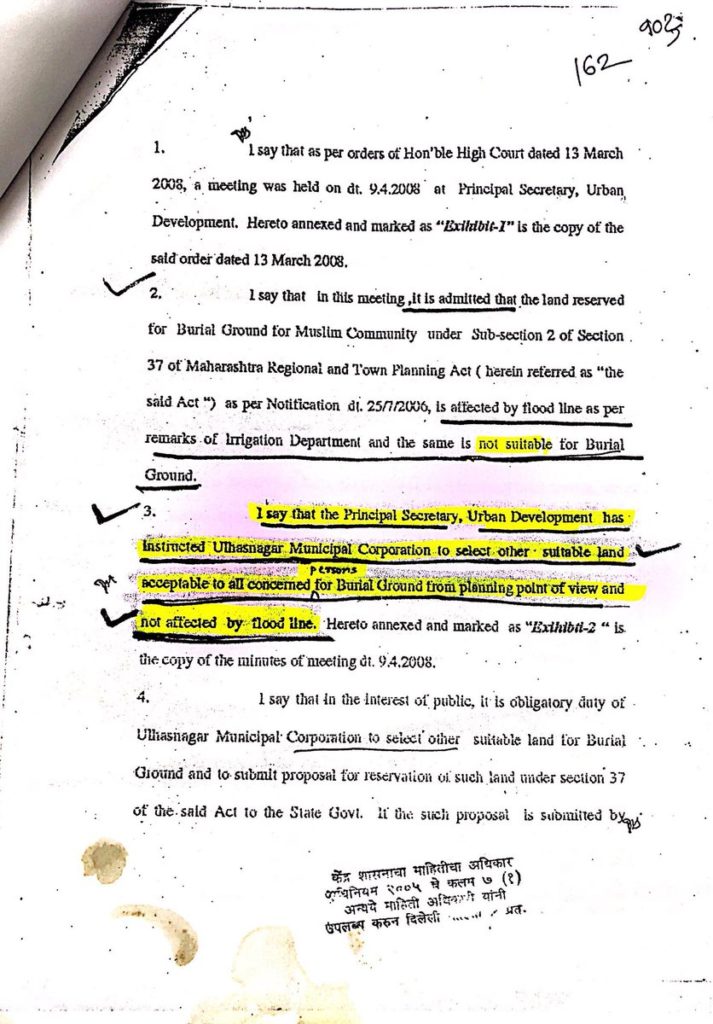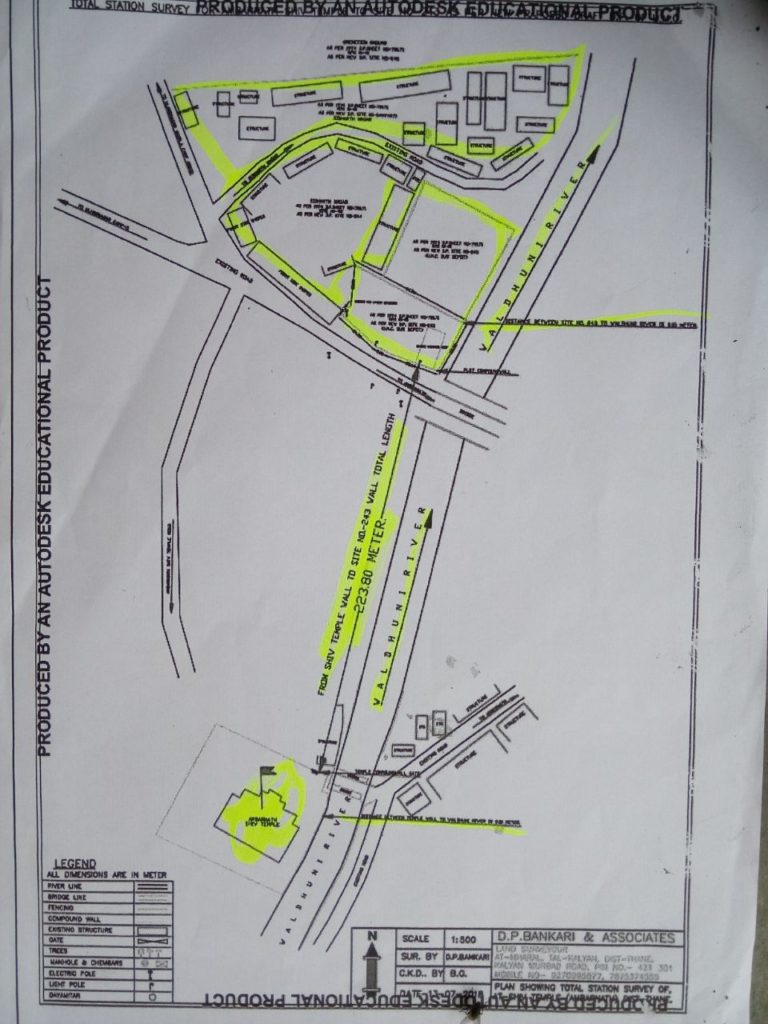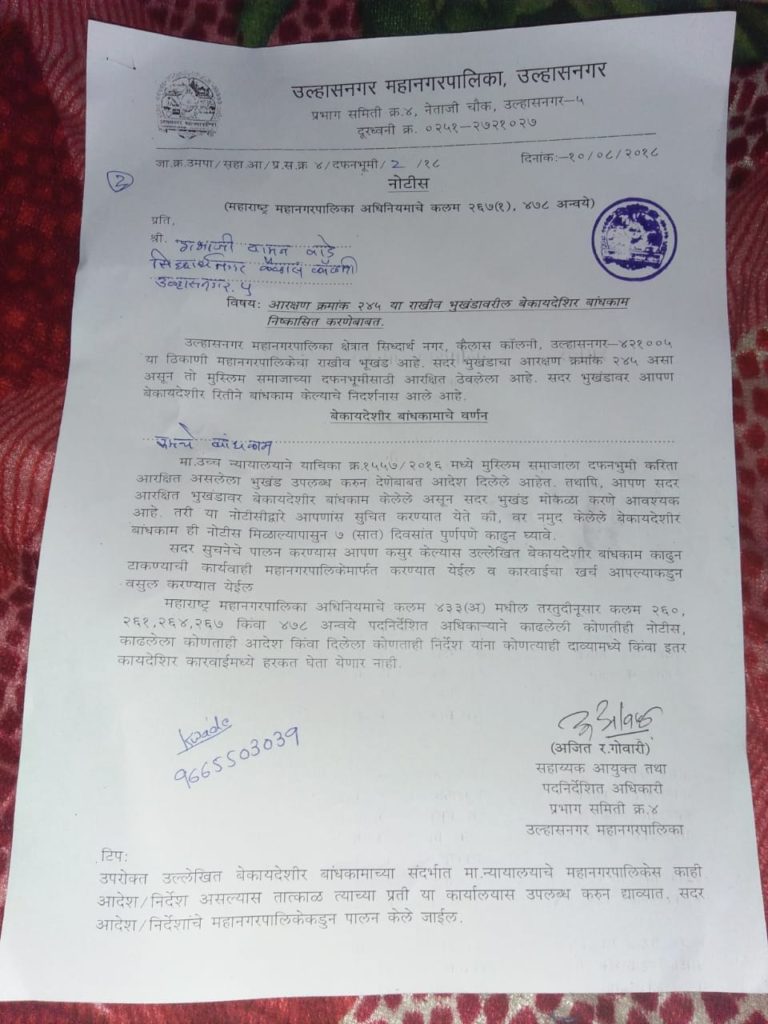Maharashtra
List of Masjids in Maharashtra which was built by destroying Hindu temples
LIST OF MOSQUES IN MAHARASHTRA WHICH WERE BUILT AFTER DEMOLISHING THE HINDU TEMPLES
We give below, state-wise and district-wise, the particulars of Muslim monuments which stand on the sites and/or have been built with the materials of Hindu temples, and which we wish to recall as witnesses to the role of Islam as a religion and the character of Muslim rule in medieval India. The list is the result of a preliminary survey. Many more Muslim monuments await examination. Local traditions which have so far been ignored or neglected have to be tapped on a large scale.
We have tried our best to be exact in respect of locations, names and dates of the monuments mentioned. Even so, some mistakes and confusions may have remained. It is not unoften that different sources provide different dates and names for the same monument. Many Muslim saints are known by several names, which create confusion in identifying their mazars or dargahs. Some districts have been renamed or newly, created and a place which was earlier under one district may have been included in another. We shall be grateful to readers who point out these mistakes so that they can be corrected in our major study. This is only a brief summary.
Sita Ram Goel
It should be kept in mind that the list below doesn’t include all the temples destroyed by Muslims and converted to mosques. The below is the list of mosques and Dargahs where evidences exists of having been made after destroying the temples at these locations. In many mosques, Muslim rulers were able to eradicate all signs of temples, and hence not given in below list.
Anyone is free to visit the below list of mosques and see the remnants and materials of Hindu temples used in their construction. Archaeological Survey of India should conduct an excavation of below mosques to find out more about the ancient temples in these locations and possible mass graves around the mosque sites.
I. AHMADNAGAR DISTRICT
Amba Jogi
1. Fort. Temple materials used.
Bhingar
2. Mulla Masjid (1367-68). Temple site.
Gogha
3. Idgah (1395). Temple site.
4. Morakhwada Masjid (1630). Temple site.
Jambukhed
5. Jami Masjid (1687-88). Temple site.
Madhi
6. Dargah of Ramzan Shah Mahi Sawar. Temple site.
II. AKOLA DISTRICT
Akot
7. Jami Masjid (1667). Temple site.
Balapur
8. Masjid (1717-18). Temple site.
Basim
9. Kaki Shah-ki-Masjid. Temple site.
Jamod
10. Masjid. Temple site.
11. Dargah of Pir Paulad Shah. Temple site.
Karanj
12. Astan Masjid (1659). Temple site.
13. Masjid (1669-70). Temple site.
14. Masjid (1698-99). Temple site.
Manglurpir
15. Qadimi Masjid. Temple materials used.
16. Dargah of Pir Hayat Qalandar (d.1253). Temple site.
17. Dargah of Sanam Sahib. Temple site.
Narnala
18. Jami Masjid (1509). Temple site.
19. Alamgiri Masjid. Temple site.
Patur
20. Dargah of Abdul Aziz alias Shykh Babu Chishti (d.1388). Temple site.
Uprai
21. Dargah of Shah Dawal. Temple site.
III. AMRAVATI DISTRICT
Amner
22. Masjid and Mazar of Lal Khan (1691-92). Temple site.
Ellichpur
23. Jami Masjid reconstructed in 1697. Temple site.
24. Darulshifa Masjid. Temple site.
25. Chowk-ki-Masjid. Temple site.
26. Idgah. Temple site.
27. Mazar of Shah Ghulam Husain. Temple site.
28. Mazar of Abdul Rahman Ghazi known as Dulha Shah. Temple site.
Ritpur
29. Aurangzeb’s Jami Masjid (reconstructed in 1878). Temple site.
IV. AURANGABAD DISTRICT
Antur Fort
30. Qala-ki-Masjid (1615). Temple site.
Aurangabad
31. Jami Masjid. Temple site.
32. Lal Masjid. Temple site.
33. Maqbara of Aurangzeb. Temple site.
Daulatabad
34. Jami Masjid (1315). Converted Jain Temple.
35. Yak Minar-ki-Masjid in the Fort. Temple site.
36. Masjid-i-Hauz at Kazipura (1458). Temple site.
37. Idgah (1359). Temple site.
38. Dargah of Pir Kadu Sahib. Converted temple.
39. Fort. Temple materials used.
Gangapur
40. Masjid (1690-91). Temple site.
Kaghzipura
41. Dargah of Shah Nizamud-Din. Temple site.
Khuldabad
42. Dargah of Hazrat Burhanud-Din Gharib Chishti (d. 1339). Temple site.
43. Dargah on Pari-ka-Talao. Converted temple.
44. Mazar of Halim Kaka Sahib. Converted temple.
45. Mazar of Jalalul-Haqq. Temple site.
46. Baradari in Bani Begums Garden. Temple site.
Paithan
47. Jami Masjid (1630). Converted temple.
48. Maulana Sahib-ki-Masjid. Converted Renukadevi Temple.
49. Alamagiri Masjid. Temple materials used.
50. Dargah of Makhdum Husain Ahmad (1507). Temple site.
Taltam Fort
51. Fort. Temple materials used.
Vaijapur
52. Mazars in Nau Ghazi. Temple site.
53. Mazar of Syed Ruknud-Din. Temple site.
V. BEED DISTRICT
Beed
54. Jami Masjid. Temple site.
55. Qazi Sahib-ki-Masjid (1624). Temple site.
56. Masjid in Mahalla Sadr (1704-05). Temple site.
57. Masjid and Dargah of Shahinshah Wali. Temple site.
58. Idgah (1704). Temple site.
VI. MUMBAI DISTRICT
59. Jami Masjid. Temple site.
60. Mazar at Mahim. Temple site.
61. Mazar of Maina Hajjam. Converted Mahalakshmi Temple.
VII. BULDANA DISTRICT
Fathkhelda
62. Masjid (1581). Temple site.
Malkapur
63. Masjid near Qazis house. Temple site.
VIII. DHULE DISTRICT
Bhamer
64. Masjid (1481-82). Temple site.
65. Masjid (1529-30). Temple site.
Erandol
66. Jami Masjid in Pandav-vada. Temple materials used.
Nandurbar
67. Manyar Masjid. Siddhesvaradeva Temple materials used.
68. Dargah of Sayyid Alaud-Din. Temple site.
69. Several Masjids amidst ruins of Hindu temples.
Nasirabad
70. Several old Masjids. Temple sites.
Nizamabad
71. Masjid. Temple site.
IX. JALGAON DISTRICT
Jalgaon
72. Masjid. Temple site.
Phaskhanda
73. Masjid. Temple site.
Shendurni
74. Masjid-i-Kabir (1597). Temple site.
X. KOLHAPUR DISTRICT
Bhadole
75. Masjid (1551-52). Temple site.
Kagal
76. Dargah of Ghaibi Pir. Temple site.
Kapshi
77. Masjid-e-Husaini. Temple site.
Panhala
78. Jami Masjid. Temple site.
79. Dargah of Shykh Saidud-Din. Temple site.
80. Dargah of Bada Imam in the Fort. Temple site.
81. Mazar of Sadoba Pir. Parasara Temple site.
Shirol
82. Jami Masjid (1696). Temple site.
Vishalgarh
83. Mazar of Malik Rihan Pir. Temple site.
XI. NAGPUR DISTRICT
Ramtek
84. Masjid built in Aurangzeb’s reign. Converted temple.
XII. NANDED DISTRICT
Bhaisa
85. Jami Masjid. Temple site.
86. Three Dargahs. Temple sites.
Deglur
87. Mazar of Shah Ziaud-Din Rifai. Temple site.
Kandhar
88. Jami Masjid (1606). Temple site.
89. Masjid and Dargah inside the Fort. Temple materials used.
90. Causeway of the Fort. Temple materials used.
Nanded, Idgah in Khas Bagh. Temple site.
XIII. NASIK DISTRICT
Galna
91. Dargah of Pir Pulad (1581). Temple site.
92. Fort. Temple materials used.
Gondengaon
93. Jami Masjid (1703). Temple site.
Malegaon
94. Dargah of Khaki Shah. Temple site.
Nasik
95. Jami Masjid in the Fort. Converted Mahalakshmi Temple.
Pimpri
96. Mazar of Sayyid Sadraud-Din. Temple site.
Rajapur
97. Masjid (1559). Temple site.
XIV. OSMANABAD DISTRICT
Ausa
98. Masjid (1680). Temple site.
Naldurg
99. Masjid (1560). Temple site.
Parenda
100. Masjid inside the Fort. Built entirely of temple materials.
101. Namazgah near the Talav. Converted Manakevara Temple.
XV. PARBHANI DISTRICT
Khari
102. Mazar of Ramzan Shah. Temple site.
Latur
103. Dargah of Mabsu Sahib. Converted Minapuri Mata Temple.
104. Dargah of Sayyid Qadiri. Converted Somesvara Temple.
Malevir
105. Khadu Jami Masjid. Converted temple.
XVI. PUNE DISTRICT
Chakan
106. Masjid (1682). Temple site.
Ghoda
107. Jami Masjid. Built in 1586 from materials of 33 temples.
Junnar
108. Jami Masjid. Temple Site.
109. Diwan Ahmad-ki-Masjid (1578-79). Temple site.
110. Gundi-ki-Masjid (1581). Temple site.
111. Madar Chilla-ki-Masjid. (1611-12). Temple site.
112. Kamani Masjid on Shivneri Hill (1625). Temple site.
113. Fort. Temple materials used.
Khed
114. Masjid and Mazar of Dilawar Khan. Temple site.
Mancher
115. Masjid at the South-Western Gate. Temple site.
Sasvad
116. Masjid. Built entirely of Hemadapanti temple materials.
XVII. RATNAGIRI DISTRICT
Chaul
117. Mazar of Pir Sayyid Ahmad. Converted Samba Temple.
118. Maqbara near Hinglaj Spur. Temple site.
119. Graveyard. Temple site.
Dabhol
120. Patthar-ki-Masjid. Temple site.
Rajpuri
121. Aidrusia Khanqah. Temple site.
Yeshir
122. Jami Masjid (1524). Temple site.
XVIII. SANGLI DISTRICT
Mangalvedh
123. Fort. Temple materials used.
Miraj
124. Masjid (1415-16). Temple site.
125. Jami Masjid (1506). Temple site.
126. Kali Masjid. Temple site.
127. Namazgah (1586-97). Temple site.
128. Dargah of Bada Imam. Temple site.
XIX. SATARA DISTRICT
Apti
129. Masjid (1611-12). Temple site.
Karad
130. Jami Masjid (1575-76). Temple materials used.
131. Qadamagah of Ali (1325). Temple site.
Khanpur
132. Jami Masjid (1325). Temple materials used.
Rahimatpur
133. Masjid. Temple site.
134. Maqbara known as that of Jahangir’s Mother (1649). Temple site.
XX. SHOLAPUR DISTRICT
Begampur
135. Maqbara near Gadheshvar. Temple site.
Sholapur
136. Fort, Temple materials used.
XXI. THANE DISTRICT
Kalyan
137. Dargah of Hazrat Yaqub, Temple site.
138. Makka Masjid (1586). Temple site.
Malanggadh
139. Mazar of Baba Malang. Temple site.
XXII. WARDHA DISTRICT
Ashti
140. Jami Masjid (1521). Temple site.
141. Lodi Masjid (1671-72). Temple site.
Girad
142. Mazar of Shykh Farid. Converted temple.
Paunar
143. Qadimi Masjid. Converted Ramachandra. Temple.
EVIDENCE IS AVAILABLE THAT IN MAHARASHTRA THE ABOVE MENTIONED MOSQUES AND DARGAHS WERE CONSTRUCTED BY DESTROYING HINDU TEMPLES. BUT IN MANY OTHER CASES MUSLIMS SUCCEEDED IN REMOVING ALL TRACES OF TEMPLES FROM THE MOSQUES. IN SUCH CASES ONLY AN EXCAVATION BY ASI WILL REVEAL THE DESTROYED TEMPLES.
WHILE MUSLIMS ASK FOR REBUILDING THE ILLEGAL MOSQUE IN AYODHYA, WHY SHOULD NOT HINDUS DEMAND THE RECONSTRUCTION OF THE DESTROYED TEMPLES IN INDIA?
The practice was started by a European Officer and is being blindly followed even after the Britishers left.

